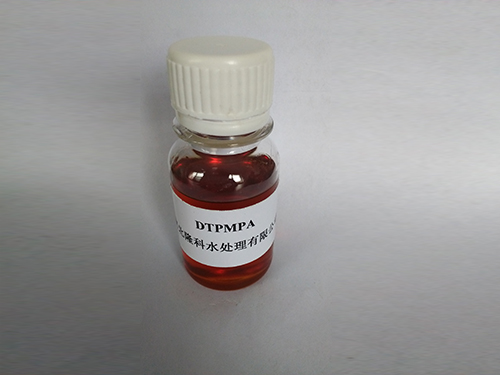chloromethyl isothiazolinone
Chloromethyl Isothiazolinone An Overview of Its Applications and Safety Concerns
Chloromethyl isothiazolinone (CMI), a synthetic compound belonging to the isothiazolinone family, is renowned for its potent biocidal properties. Often used as a preservative in various products, CMI is effective against bacteria, fungi, and algae, making it a popular choice in the cosmetic, pharmaceutical, and industrial sectors. However, despite its efficacy, there are growing concerns surrounding its safety, especially regarding skin sensitivities and allergic reactions.
Chemical Properties and Function
CMI is a water-soluble compound characterized by its distinctive chemical structure, which includes a chloromethyl group attached to an isothiazolinone core. This configuration grants CMI its biological activity, allowing it to disrupt the cellular processes of microorganisms. As a result, it is commonly employed in formulations to extend shelf life and prevent microbial contamination.
In industrial applications, CMI is often utilized in metalworking fluids, paper manufacturing, and oil drilling fluids. In the cosmetics industry, it serves as a preservative in products such as shampoos, lotions, and creams. Its effectiveness at low concentrations makes it a cost-efficient choice for manufacturers looking to enhance product longevity.
Applications in Various Industries
1. Cosmetics and Personal Care CMI is widely used in shampoos, conditioners, lotions, and other personal care products. It acts as an antimicrobial agent, preventing spoilage caused by bacteria and fungi. Its ability to maintain product integrity has made it a standard ingredient in many formulations.
2. Pharmaceuticals In the pharmaceutical sector, CMI is employed in topical formulations and some injectable products. Its antibacterial properties help preserve the stability and safety of medicinal products.
3. Industrial Uses CMI is also used in various industrial applications. For example, it is incorporated into metalworking fluids to prevent microbial growth, which can cause corrosion and equipment failure. Additionally, it finds use in the paper industry to inhibit the growth of mold and bacteria during production processes.
chloromethyl isothiazolinone

Safety Concerns and Regulations
Despite its impressive antimicrobial qualities, CMI has come under scrutiny for its potential health risks. Studies have reported instances of allergic reactions, particularly skin sensitization, associated with CMI exposure. These reactions can manifest as dermatitis, rashes, and other forms of skin irritation. As awareness of these risks has grown, regulatory bodies have begun to impose stricter guidelines on the permissible concentrations of CMI in consumer products.
The European Union's Cosmetic Regulation (EC) No 1223/2009 has established a maximum allowable concentration for CMI in cosmetic products. Additionally, the European Chemicals Agency (ECHA) has classified CMI as a substance of very high concern (SVHC) due to its potential for causing allergies. Similar regulations are being discussed or implemented in other regions, such as North America and Asia, as consumer safety takes precedence.
Best Practices for Consumers and Manufacturers
As a response to the growing awareness of the risks associated with CMI, consumers are advised to take precautions when using products that contain this compound. Individuals with sensitive skin or a history of allergies should carefully read product labels to avoid exposure. Additionally, patch tests can be performed on new products to determine any potential sensitivities before widespread use.
Manufacturers are urged to reconsider the necessity of CMI in their formulations and explore safer alternatives. Natural preservatives and less allergenic synthetic preservatives are becoming increasingly available, offering effective solutions without the associated risks.
Conclusion
Chloromethyl isothiazolinone plays a significant role in preserving the integrity of a variety of products across multiple industries. While its effectiveness as a biocide is well-established, the safety concerns associated with its use cannot be ignored. It is crucial for both consumers and manufacturers to remain informed and proactive regarding CMI, ensuring that product safety remains a priority in an evolving regulatory landscape. As the industry shifts towards safer alternatives, the future of preservative practices may favor innovation alongside consumer health consideration.
-
Pbtc Scale InhibitorPBTC: A Scale Protector for Industrial Water TreatmentNewsAug.05,2025
-
Organic Phosphonate: An Efficient Defender in the Field of Scale InhibitionNewsAug.05,2025
-
Hydrolyzed Polymaleic Anhydride: Green Pioneer in Scale Inhibition FieldNewsAug.05,2025
-
PAPEMP Polyamino Polyether Methylene Phosphonic Acid For SaleNewsAug.05,2025
-
Flocculant Water Treatment: A Pioneer in Purification in the Field of Water TreatmentNewsAug.05,2025
-
Benzyl Isothiazolinone: An Efficient and Broad-Spectrum Antibacterial Protective GuardNewsAug.05,2025





